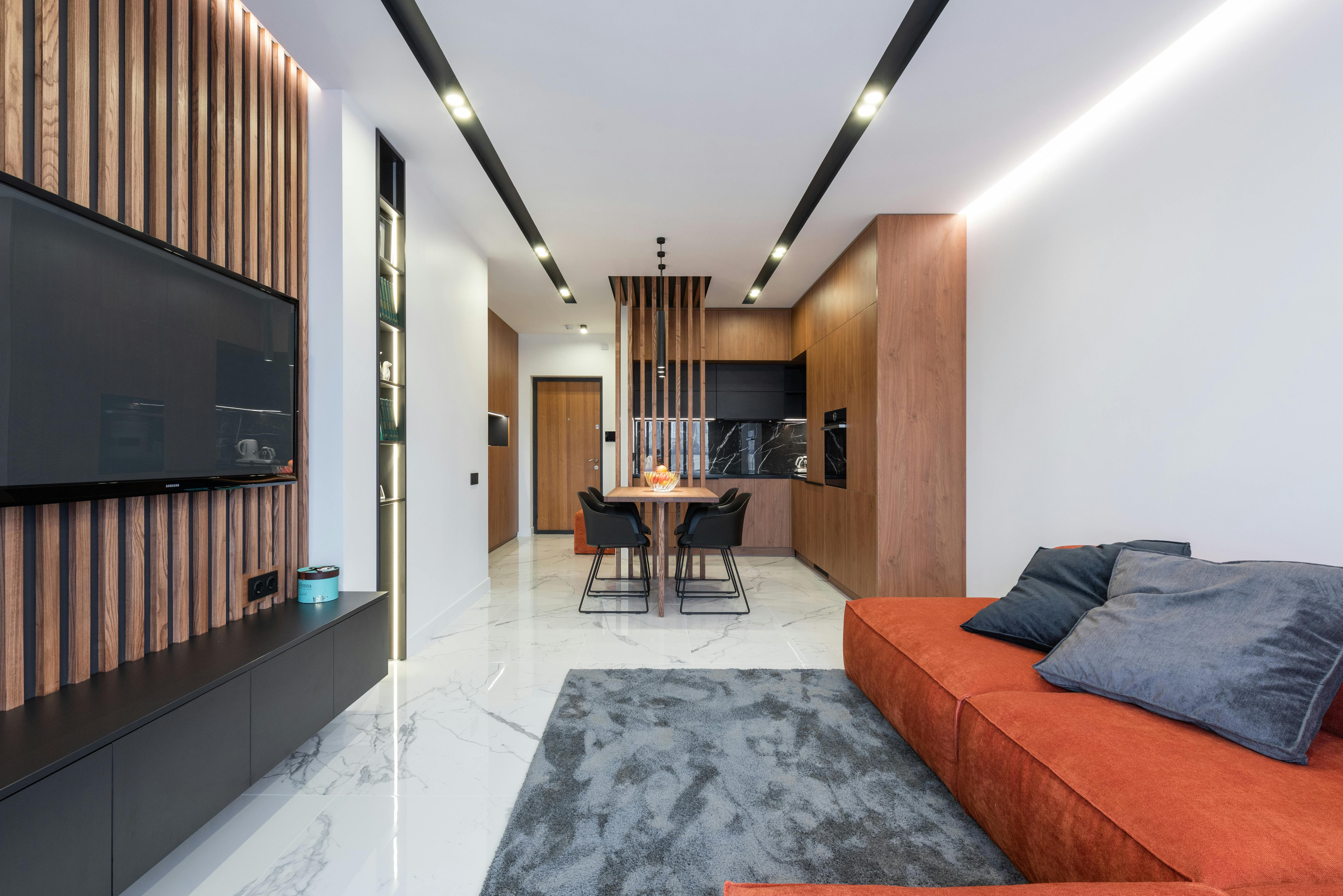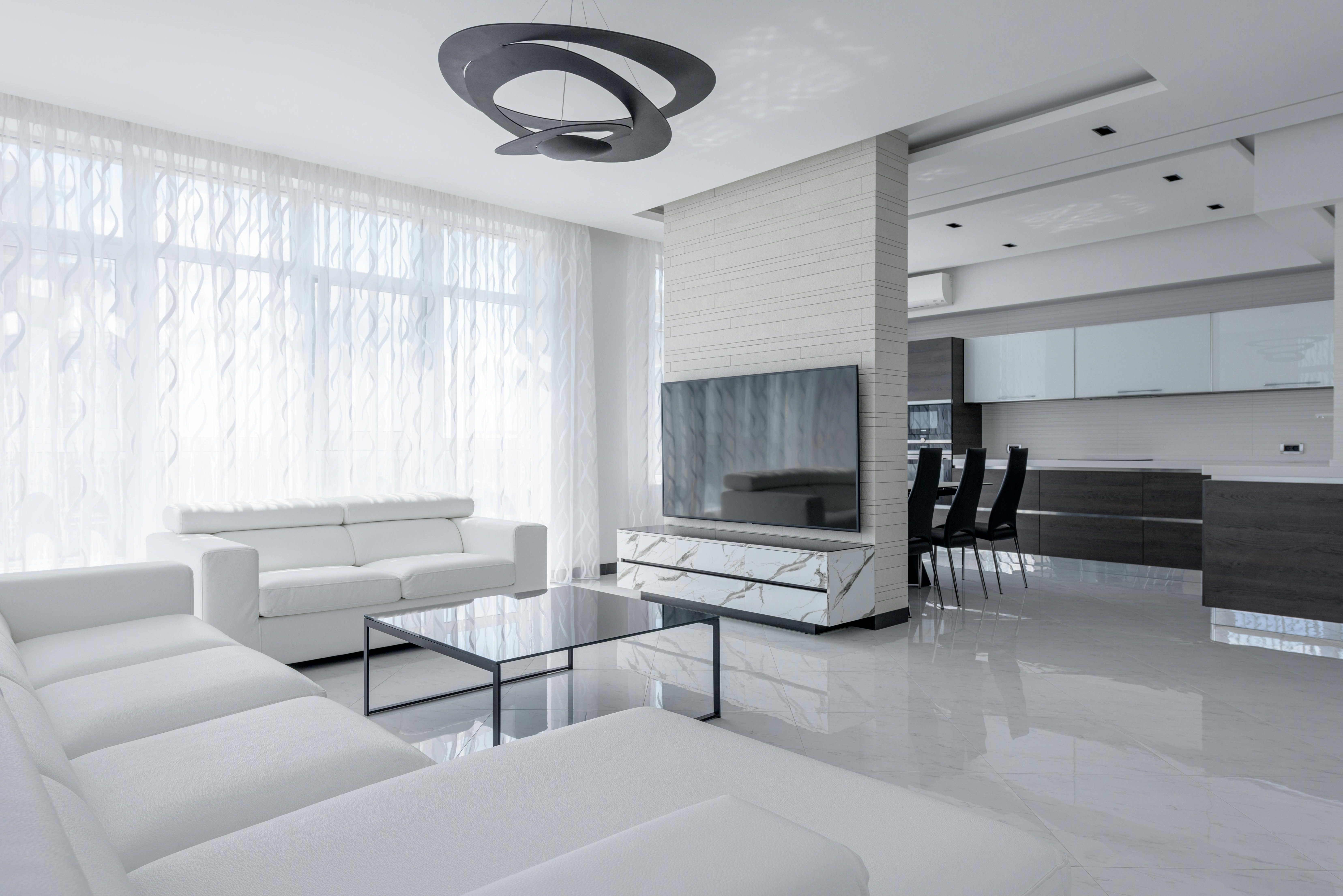Navigating the Challenges of Setting Up Your Home Theatre System

Is your home theatre a jumbled mess of remotes? Do you struggle to control your TV, cable box, streaming devices, and speakers? If so, you’re not alone. Many home theatre enthusiasts face challenges optimizing their setups and creating a seamless viewing experience.
In this blog post, you’ll discover practical solutions to some of the most common problems faced when setting up a home theatre system. From choosing the right audio-visual equipment to concealing unsightly wires, we’ll provide actionable tips to help you build your dream entertainment space.
You’ll learn insider tricks on how to:
- Select A/V components that work seamlessly together
- Place speakers and TVs for optimal sound and viewing
- Connect devices through HDMI, optical, Bluetooth and Wi-Fi
- Mount TVs and hide wires cleanly
- Calibrate settings for better picture and audio
Whether you’re starting from scratch or looking to upgrade your existing setup, this guide will help you avoid headaches and costly mistakes. Follow our advice to create an immersive home theatre where you can enjoy movies, TV shows, games and music to their fullest potential.
Let’s get started on the path to home entertainment bliss!
Choosing the Right TV: Projector vs. Large Screen
Are you struggling to keep track of multiple remote controls for your home entertainment system? Tired of fumbling between different remotes just to watch TV or access your favourite streaming apps? If so, this article is for you.
I’ll walk you through the key considerations in choosing between a projector or large-screen TV, to help create the ultimate home theatre experience while avoiding common pain points. You’ll learn insider tips on factors like room size, lighting, viewing angles, and impressiveness when selecting the right display technology.
Whether you’re working with a tight budget or looking to splurge on a cutting-edge system, I’ve got you covered. You’ll discover pro tips to maximize your viewing real estate and transport yourself right into the action with a cinematic-style setup. From easing installation woes to calibration tricks for phenomenal picture quality, we’ll tackle it all.
You’ll also gain clarity on the trade-off’s between the convenience of large-screen TVs versus the wow-factor of projectors. I’ll reveal clever solutions to overcome tricky lighting situations and prevent washed-out images. By the end, you’ll feel empowered to build your dream home theatre without expensive consultant fees.
Intrigued to optimize your entertainment sanctuary and say goodbye to sub-par viewing for good? Then delve right in! This comprehensive guide takes the confusion out of the projector vs TV dilemma once and for all.
Simplifying Your Remote Control Setup
Here are some tips to simplify your home theatre remote situation:
- Invest in a universal remote control. These remotes can be programmed to control multiple devices like your TV, streaming box, Blu-ray player, stereo, etc. Consumer Reports recommends the Logitech Harmony line as their
top pick for universal remotes
. - Use a remote control app on your smartphone or tablet. Apps like Universal Remote TV Control allow you to turn your phone into an all-in-one remote, with support for most major TV brands and streaming platforms.
- Reduce the number of remotes by connecting devices. For example, run your cable box into your TV via HDMI-CEC so your TV remote can control basic cable functions.
The key is consolidating control into one or two centralized remotes or apps, instead of fussing with a table full of individual remotes. This not only reduces clutter, but makes watching TV a much smoother experience!
Optimizing Your Speaker Placement for the Best Sound Quality
Getting the most immersive, balanced sound from your home theatre starts with proper speaker placement. I know it can be tricky finding the right configuration in your unique space. The goal is to create a soundstage where audio seems to envelop you, not just blast directly at your ears.
For a standard 5.1 surround system, here are some tips to get optimal placement:
- Position the front left and right speakers at equal distances from the central seating area, angled inwards to face the listener
- Place the centre channel speaker above or below the TV, closest to ear level
- Aim to position the surround speakers to the sides or slightly behind the seating area
- Experiment with moving the speakers inches at a time until you find the “sweet spot”
Properly placing speakers takes trial and error. It’s worth spending the time to get it right. When sound seems to fade into the background and notes wrap around you, you’ve set up an engaging home theatre.
For more details, the Crutchfield guide does a great job explaining optimal speaker positions.
Ensuring HDMI Compatibility and Avoiding Signal Issues
Ensuring your home theatre components can communicate properly is crucial for an optimal viewing experience. HDMI has become the standard for transmitting high-quality audio and video signals between devices like TVs, Blu-ray players, gaming consoles, and streaming media sticks.
However, we’ve all dealt with the frustration of getting bizarre error messages or a blank screen instead of the movie we wanted to watch. This usually happens when there are compatibility issues between older HDMI components or cables that can’t handle modern signal demands.
Avoid “HDCP Error” Messages by Upgrading Equipment
Many compatibility problems arise because of HDCP errors. HDCP is a type of digital copy protection that media companies require devices to implement before transmitting copyrighted 4K or HDR content over HDMI.
If your TV or other hardware doesn’t support the latest HDCP standards, you’ll get cryptic and unhelpful error messages referring to HDCP when trying to watch certain content. Upgrading to equipment manufactured in the last 2-3 years should solve this.
Use Premium “High Speed” HDMI Cables
Another common culprit is using poorly made HDMI cables that can’t handle the very high bandwidth requirements of 4K HDR signals. This manifests as sparkles, distorted colours, or signal dropouts.
Invest in recent “High Speed” or “Ultra High Speed” branded HDMI cables instead of generic ones. Also, don’t use cable runs longer than 10-15 feet for highest reliability.
Check TV and Component HDMI Spec Support
Finally, you’ll want to ensure all your gear explicitly supports current HDMI 2.0b or 2.1 standards. HDMI 2.0b hardware should work reliably for most 4K 60Hz content today. But you’ll want HDMI 2.1 for handling next-gen gaming consoles or enjoying the highest bandwidth content that demands 4K 120Hz, 8K, or uncompressed audio formats.
Carefully checking specification support before buying new components prevents subsequent compatibility issues down the road. Sites like Universal Remote TV Control allow controlling equipment from one hub to potentially reduce HDMI switching complexity too.
We’ve all been there – excited to set up a new device only to run into an HDMI compatibility issue. It’s frustrating when things don’t work right away. But with some thoughtful troubleshooting, we can get to the bottom of most HDMI problems.
Use Quality Cables
First, check that you’re using a high-speed HDMI cable, preferably one labelled “High Speed” or “HDMI 2.0.” Quality cables properly carry the digital signal between devices. Also, try different cables in case one has become damaged or worn out.
Check HDMI Version Compatibility
Make sure your TV, receiver, streaming stick, and other devices all support the latest HDMI standards. For example, some older TVs only have HDMI 1.4 ports, which can cause issues with 4K HDR signals from newer devices. Refer to device manuals to check compatibility.
Resolve HDCP Errors
If you see an “HDCP error,” this is likely an HDMI compatibility issue related to HDCP copy protection. Try connecting devices to different TV ports, or directly to the TV instead of passing through a receiver. Also toggle device power while connected to force a fresh HDMI handshake.
Use an HDMI Troubleshooter
Consider trying an HDMI detective tool like the tv remote control, which helps diagnose issues and confirm true device compatibility. It even offers a free trial to test all its troubleshooting features.
Conclusion
Setting up a home theatre can be rewarding yet challenging. By focusing on choosing the right display, streamlining remotes, optimizing speakers, and enabling HDMI compatibility, you can create an exceptional viewing experience. Remember to research thoroughly and seek community advice when needed.
An option like Universal Remote TV Control app may help consolidate remotes and control key TV and streaming functions. With compatibility across leading brands and a free trial to test features, it’s worth consideration.
Careful planning and the right tools can transform any room into a home theater. Revisit key steps around display selection, speaker placement, simplified controls, and hardware connectivity. And explore solutions like Universal Remote TV Control to see if they might streamline your setup.




